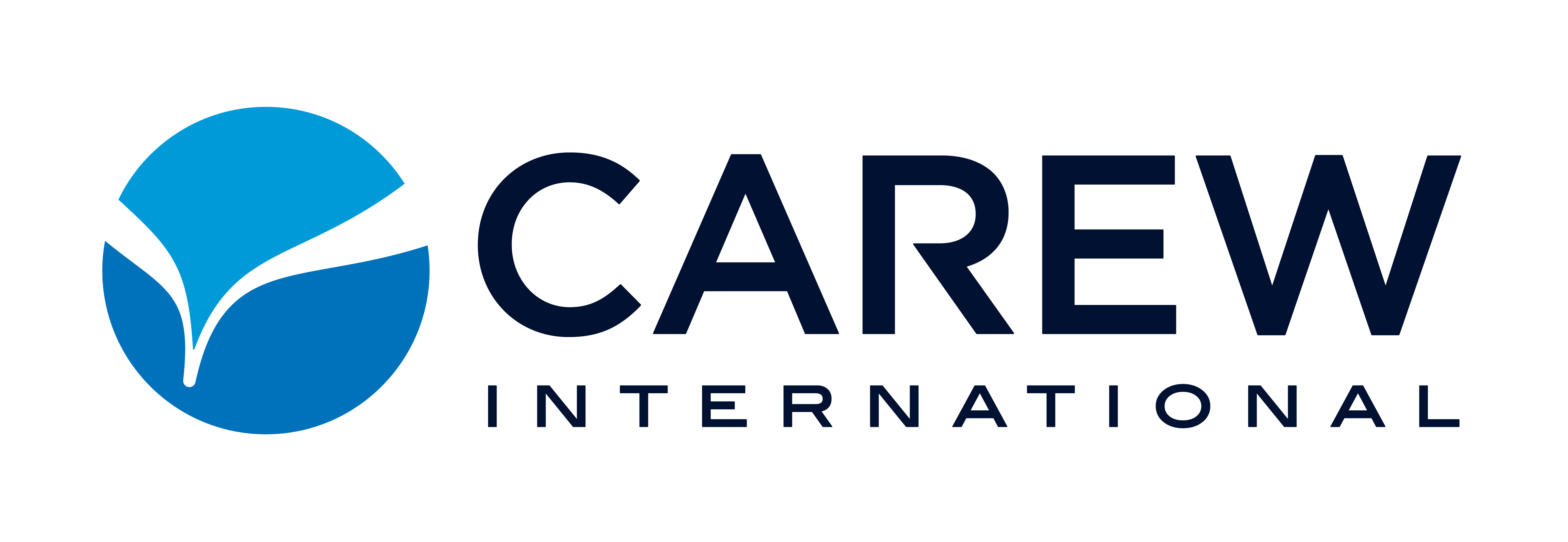Investing in sales training is a smart move, but only if it drives measurable improvements in your team’s performance.
Many organizations struggle to measure the true return on investment (ROI) of their training programs. And, without a clear understanding of the impact, it can be easy to waste valuable resources on ineffective training.
At Carew, we prioritize that your training investment delivers tangible results.
This article will show you how to accurately measure the ROI of your sales training as it relates to your needs and goals.
We’ll explore the evaluation methodology we use here at Carew, hidden costs to consider, key methods and metrics to measuring ROI, and strategies for maximizing the effectiveness of your training program.
Evaluation Methodology
Carew employs a robust training evaluation methodology based on the Kirkpatrick Model, which assesses training impact at four levels: Reaction, Learning, Performance, and Results.
Level 1 (Reaction): Carew gathers immediate feedback on learner satisfaction and engagement through post-training evaluations.
Level 2 (Learning): Pre- and post-training assessments are used to measure knowledge and skill improvement, ensuring the training effectively transfers knowledge.
Level 3 (Performance/Behavior): Carew emphasizes real-world application through field observation and coaching tools like Excellence in Sales Leadership™ and Carew Coach™.
This allows for direct assessment of behavioral changes and skill utilization in the workplace.
Level 4 (Results): Carew tracks tangible business outcomes like deal win rates, revenue growth, profitability, and backlog orders to measure the overall impact of the training on your business goals.
This involves a tailored approach, analyzing historical data and establishing a data-sharing process to monitor progress and demonstrate return on investment (ROI).
Are You Considering the Hidden Cost?
At the outset of a training initiative, we find that few organizations realize the actual cost of their training investment can be two to three times the investment.
You must consider the additional costs of:
- Travel
- Lodging
- Meals
- Lost productivity while employees are in training
- The cost of internal resources dedicated to training coordination
- The cost of developing and souring training materials
- Technology costs
Be mindful that the time required to see the impact of your training varies and can be impacted by outside variables, such as fluctuations in market demand, unforeseen competitive situations, and numerous other factors.
In an aggressive, organization-wide training rollout, a one-year benchmark is typically targeted as the point to begin seeing tangible achievement of financial goals.
Evaluation Methods and Metrics to Consider
Pre- and Post Training Assessments
- Program Content
- Facilitation
- Satisfaction
- Engagement
- Sales Knowledge and Competence
Client Satisfaction Surveys
Activity/Performance Based Metrics
- Lead Conversion Rate
- Deal Win Rates
- Average Deal Size
- Sales Length Cycle
Customer Retention Rates
Financial Metrics at the Individual Rep Level
- Profit Margin
- Revenue Growth
- Revenue per Sale
Anecdotal ROI by Case Study
Test Group Analysis
Client Interviews
External Benchmarking
Your Goals. Your Team. Your Training.
I can’t stress enough the importance of aligning training with YOUR business objectives. Ensuring your training content, delivery, and evaluation methods directly support those goals.
At Carew, we don’t just deliver training; we build partnerships. We work closely with you to design and deliver customized training solutions that address your unique challenges and drive measurable results. Our collaborative process starts with understanding your needs by asking key questions like:
- What are your top priorities for sales performance improvement?
- What are the biggest knowledge or skill gaps within your team?
- What learning styles and formats are most effective for your employees?
- How will you measure the short-term and long-term ROI of this training program?

